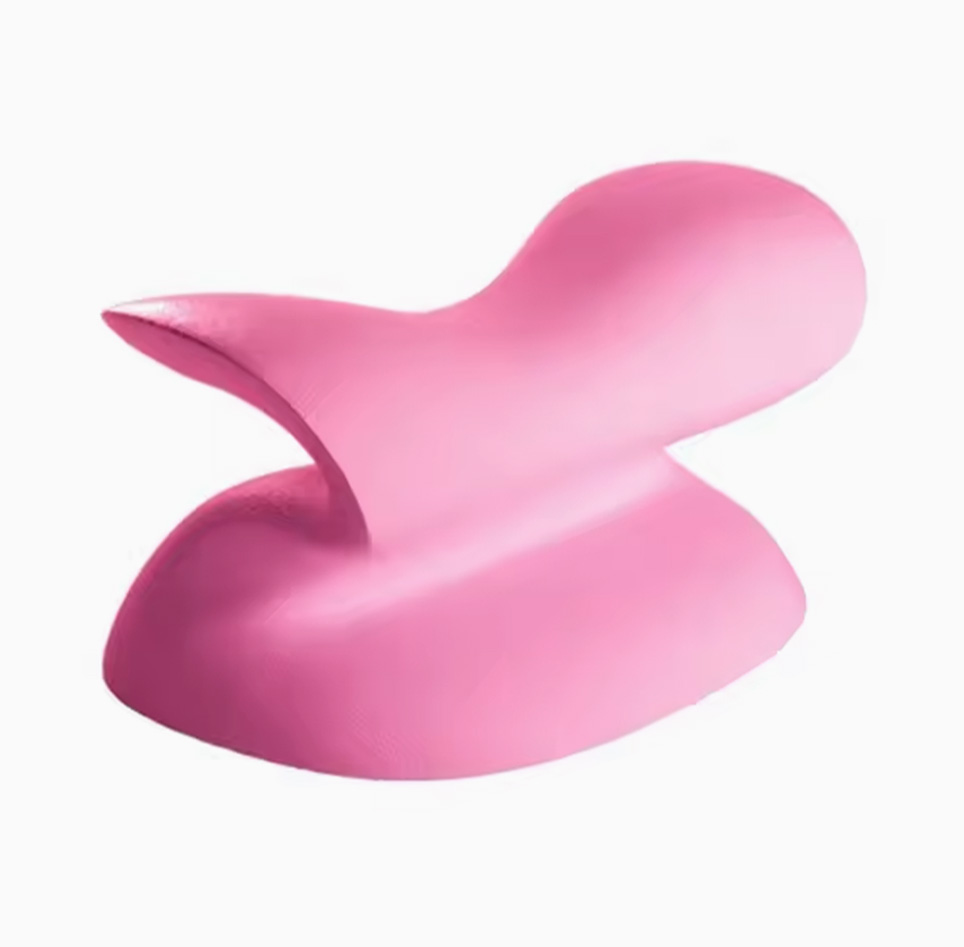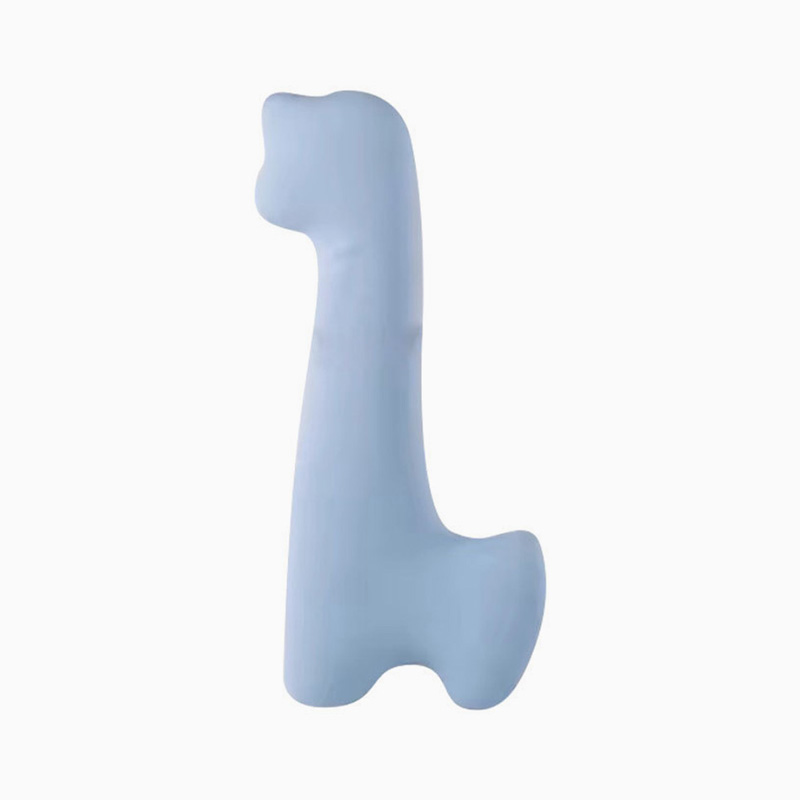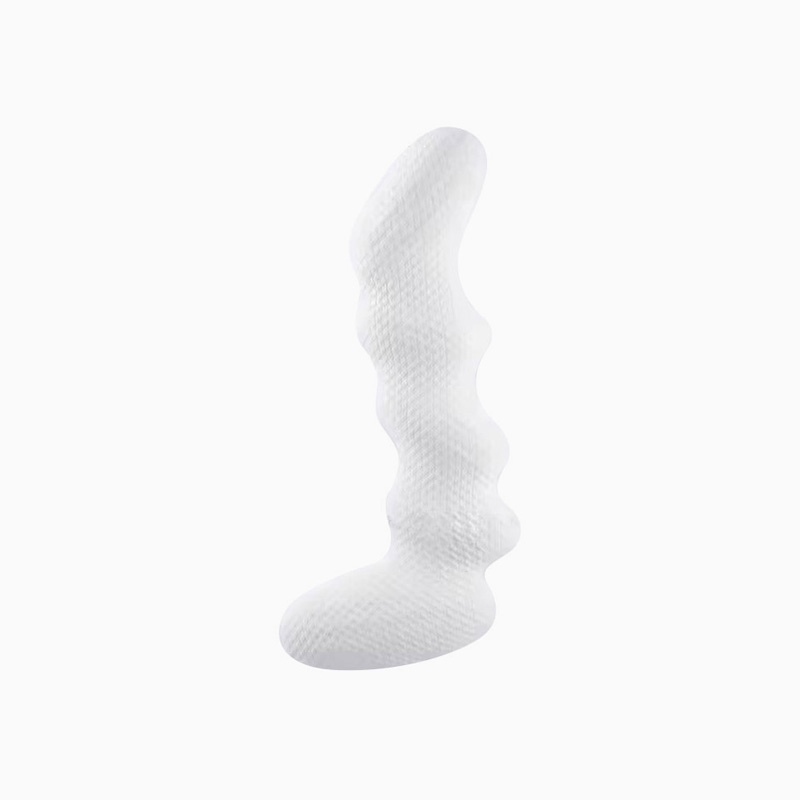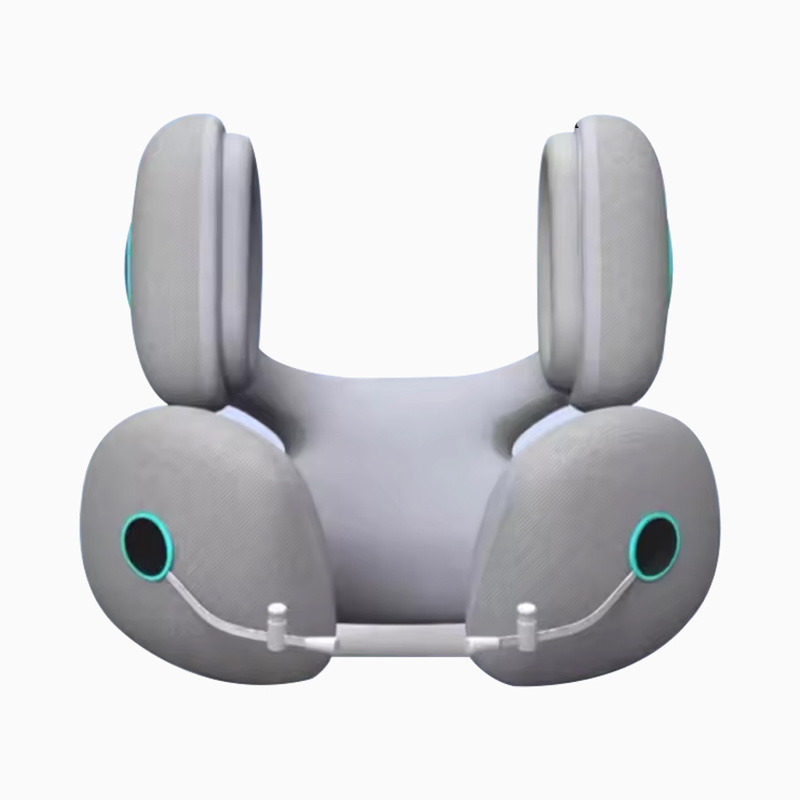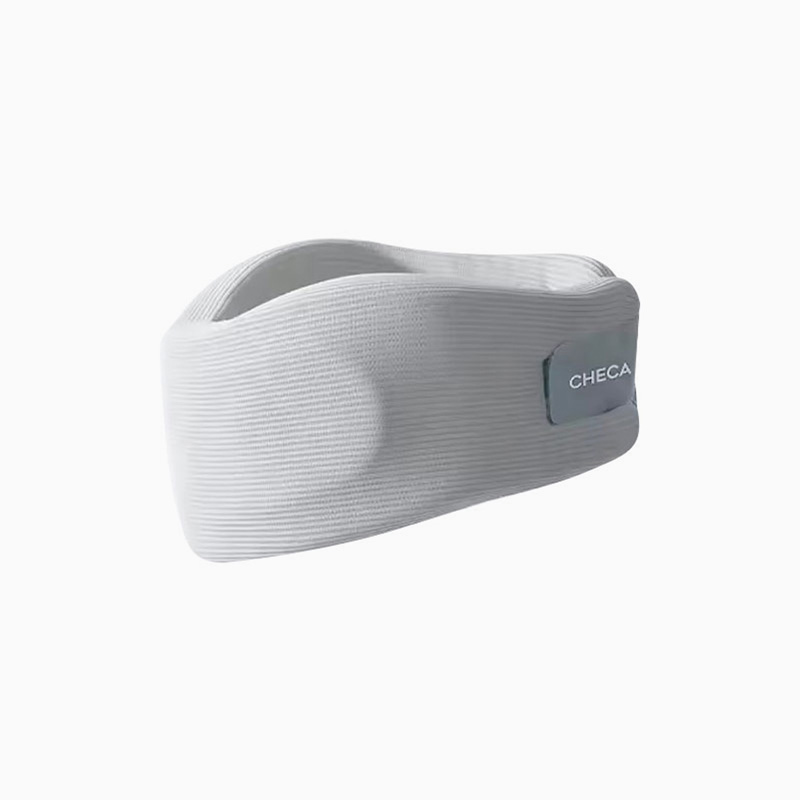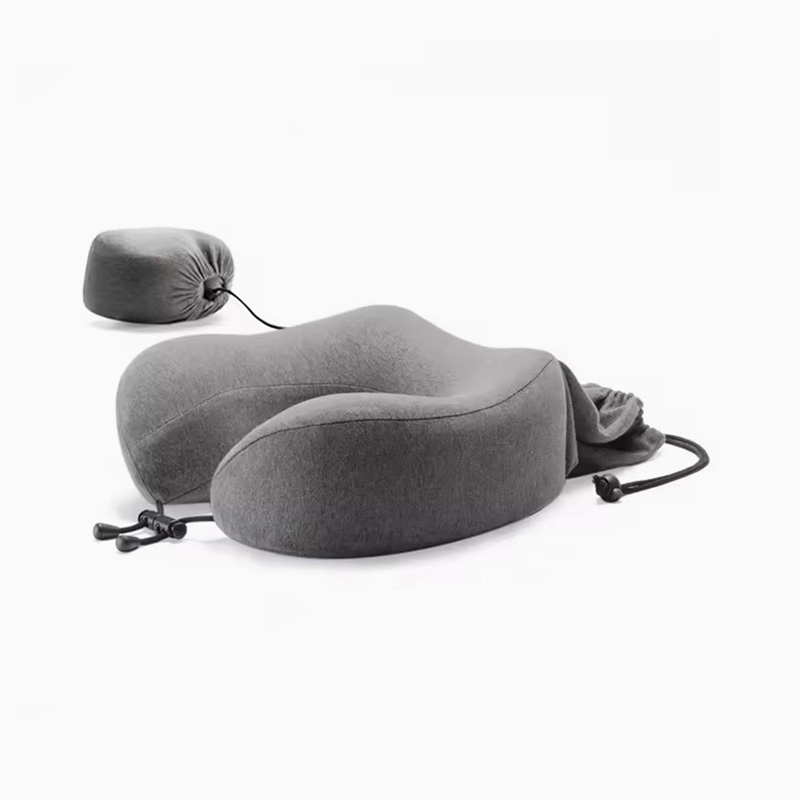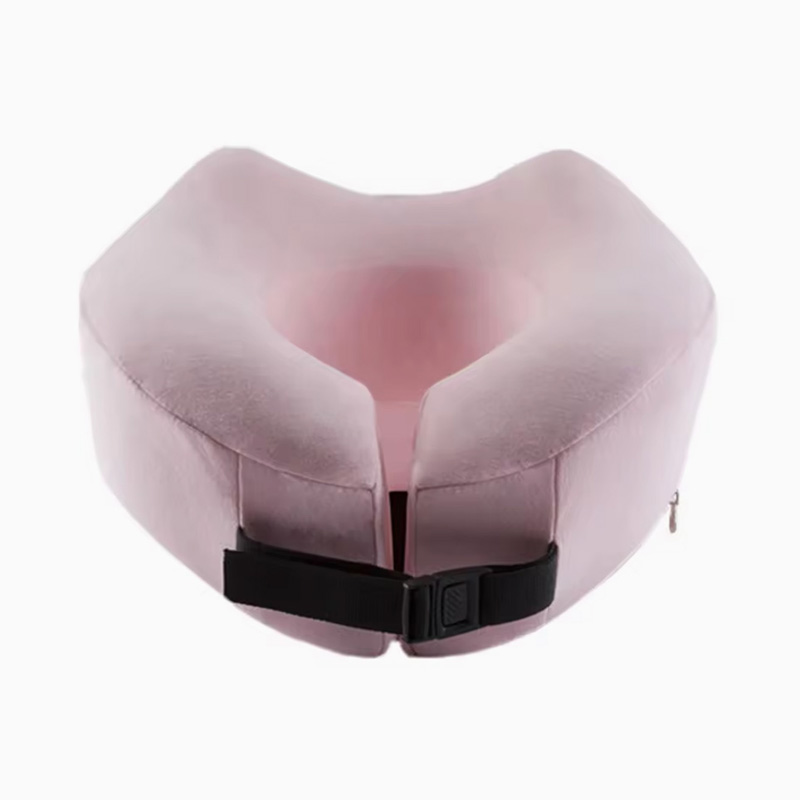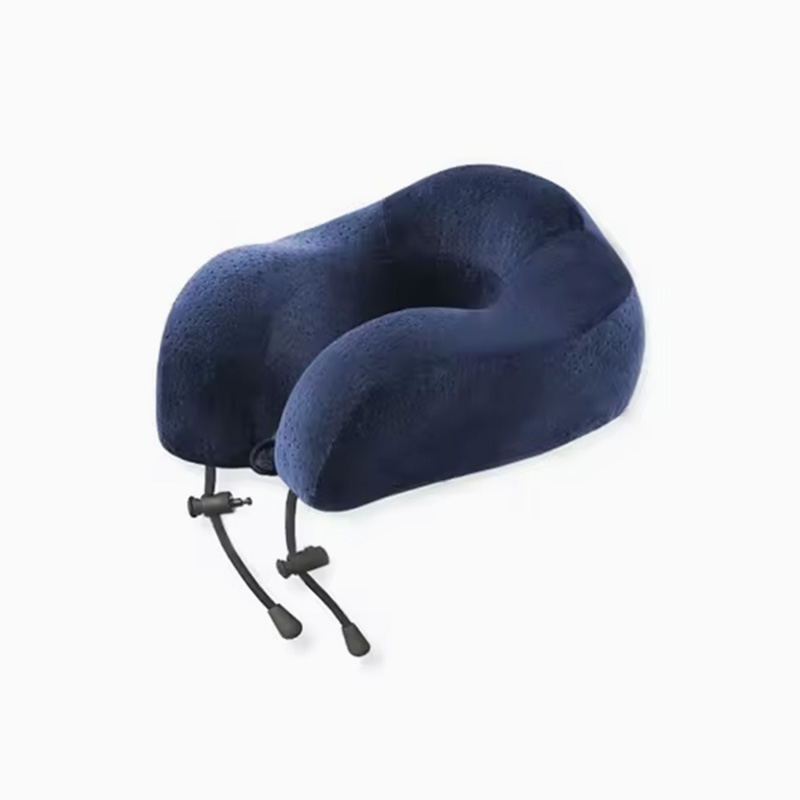Does the memory foam seat cushion take into account the support performance of people of different weights
Analysis of sitting pressure characteristics of people of different weights
When the human body is sitting, the main stress areas are concentrated on the ischial tuberosity, gluteal muscles and the back of the thigh. There are significant differences in the pressure distribution of the seat cushion for people of different weights in the same sitting posture. People with lighter weight exert less vertical pressure, and the memory foam is not easy to be fully compressed, which may lead to insufficient support; people with heavier weight will compress the foam deeper. If the foam density and structure are insufficient, it may sink too deep, affecting the stability and comfort of the sitting posture. Therefore, a professional memory foam seat cushion must fully consider the impact of weight differences on support performance when designing.
Relationship between memory foam density and weight support
The density of memory foam (Density) is a key parameter to measure its load-bearing capacity and support performance, usually expressed in kg/m³ or D (Density). Different density foams are suitable for different weight ranges:
Density 30D-45D: suitable for users weighing less than 50kg, soft touch, high fit;
Density 45D-60D: suitable for users weighing 50kg to 80kg, taking into account both comfort and support;
Density 60D-80D and above: suitable for users weighing more than 80kg, with a stable structure and strong support.
In actual product applications, many seat cushion brands adjust the foam density and thickness to achieve precise adaptation for users of different weight ranges.
Laminated structure improves adaptability
For users of different weights, Memory Foam Seat Cushion often adopts a layered structure design. Common configurations are:
Upper layer: low-density slow rebound foam, used to provide soft touch and fit experience;
Middle layer: medium-density foam, used to disperse pressure and improve stability;
Lower layer: high-density support layer, providing sufficient bottom support to prevent bottoming or collapse.
Through the multi-layer design, the seat cushion can achieve dynamic response under different pressure loads, and users of different weights can obtain stable and comfortable support effects.
Pressure test verifies support performance
Professional seat cushion manufacturers usually conduct pressure tests on their products to simulate the use scenarios of users of different weights. Common test items include:
Dynamic Compression Test: simulate long-term repeated sitting pressure to observe the deformation rate of foam;
Compression deformation recovery rate: evaluate the rebound speed of foam under different pressures;
Pressure Mapping of support area: intuitively presents the pressure concentration of weight in different areas.
These data can be used to optimize the foam density and curve structure to ensure that users of different weights get a reasonable support experience.
Ergonomic curve design matches different weight requirements
Ergonomic seat cushion design must take into account the changes in sitting posture structure caused by weight differences. Heavier users need to increase the hip support curvature and thigh support surface due to deeper downward pressure; lighter users need to maintain a fit through softer foam and shallow arc curves. Some seat cushion products introduce bionic model design, and through AI algorithms and 3D modeling analysis, build multi-size versions or universal curved surface structures suitable for users of different body shapes and weights to improve adaptability.
Personalized product specifications meet differentiated needs
Memory foam seat cushion products on the market are usually divided into the following categories according to user weight and usage scenarios:
Standard version (weight 45kg-80kg): suitable for most users, with medium foam density and balanced sitting feel;
Thickened and hard version (weight over 80kg): high-density foam is used on the bottom layer to enhance support performance and prevent collapse;
Soft and comfortable version (weight under 45kg): the upper layer of foam is softer, which improves touch and wrapping;
Medical rehabilitation version (any weight): more emphasis on pressure dispersion and long-term support, often containing a gel layer and an antibacterial surface layer.
For specific groups such as wheelchair users, pregnant women, and the elderly, there are also specially designed supportive memory foam seat cushions that more accurately match their weight and sitting posture needs.

 English
English عربى
عربى previous post
previous post



